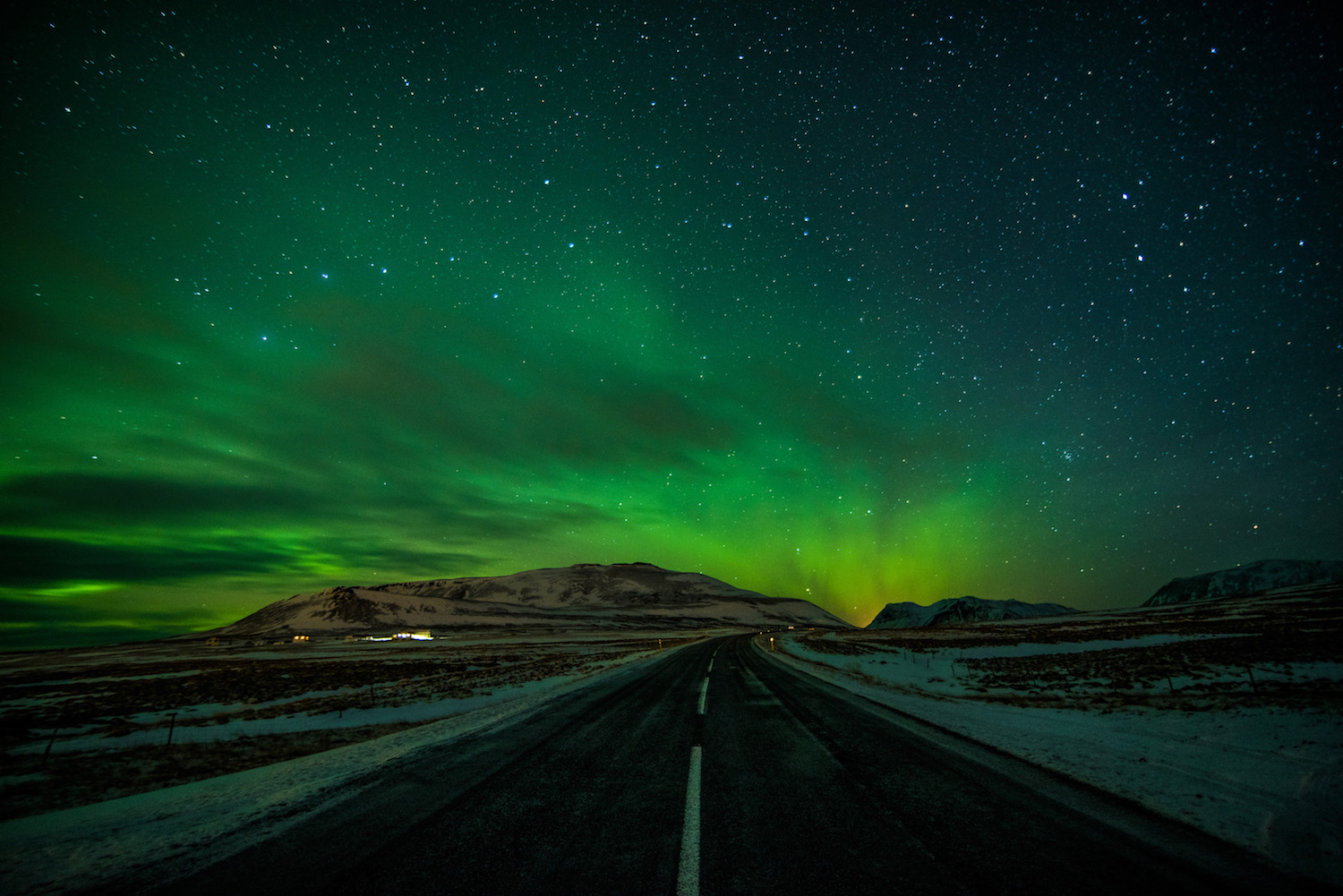When planning a big trip to Europe, particularly if it’s your first one, it’s tempting to leave some places out given the vastness of the continent. For many travelers, Scandinavia is first among these, not only due to its relative geographical isolation, but also the additional time and expense of traveling there.
Truth be told, Scandinavia is the most expensive place to travel in Europe, but it’s also one of the most rewarding, whether you sail through the fjords of Norway, watch the Northern Lights in Iceland, dance, jive and have the time of your life in Sweden or hang out in Finland’s Santa Claus country.
When to Visit Scandinavia
You can visit Scandinavia most any time of the year, although summer with its long nights is the most popular and winter is the most treacherous, in spite of its beauty. For this particular itinerary for two weeks in Scandinavia, I recommend a visit in September at the earliest, to ensure you’re able to see the Northern Lights in Iceland.
Where to Stay in Scandinavia
Where you stay in Scandinavia depends on where you’re traveling. In Norway and Sweden, I find hotels like Bergen’s Thon Hotel Rosenkrantz and Hellstens Glashus in Stockholm tend to be priced the same as Airbnb apartments that can be cheaper elsewhere. In northern Finland, niche accommodation like Kakslautannen Arctic Resort is a once-in-a-lifetime experience.
How to Get Around Scandinavia
Obviously given Scandinavia’s geographical tendency toward peninsulas and islands (to say nothing of its huge size), you’ll need to fly between countries. On the other hand, you can mostly use land transport (trains in Norway, for example, or renting a car in Iceland) within each country, with Finland a notable counterexample due to the points of interest I’ve recommended.
Money, Costs and Communication
Each country uses its own currency, but the good news is that it has perhaps the highest rate of credit card acceptance in the entire world. In fact, I don’t know if I’ve ever withdrawn cash in a Scandinavian country.
Wi-Fi is prevalent and it’s also easy to buy local SIM cards for your phone and tablet upon arrival in each country.
Norway: Fjords and Europe’s Rainiest City
You should start this particular two weeks in Scandinavia itinerary in Norway for two reasons: One because flights to Norway are cheap, on account of Norwegian Air Shuttle, and two, because this trip is best taken in fall, and the earlier in fall you visit Norway, the better your prospects are food good weather.
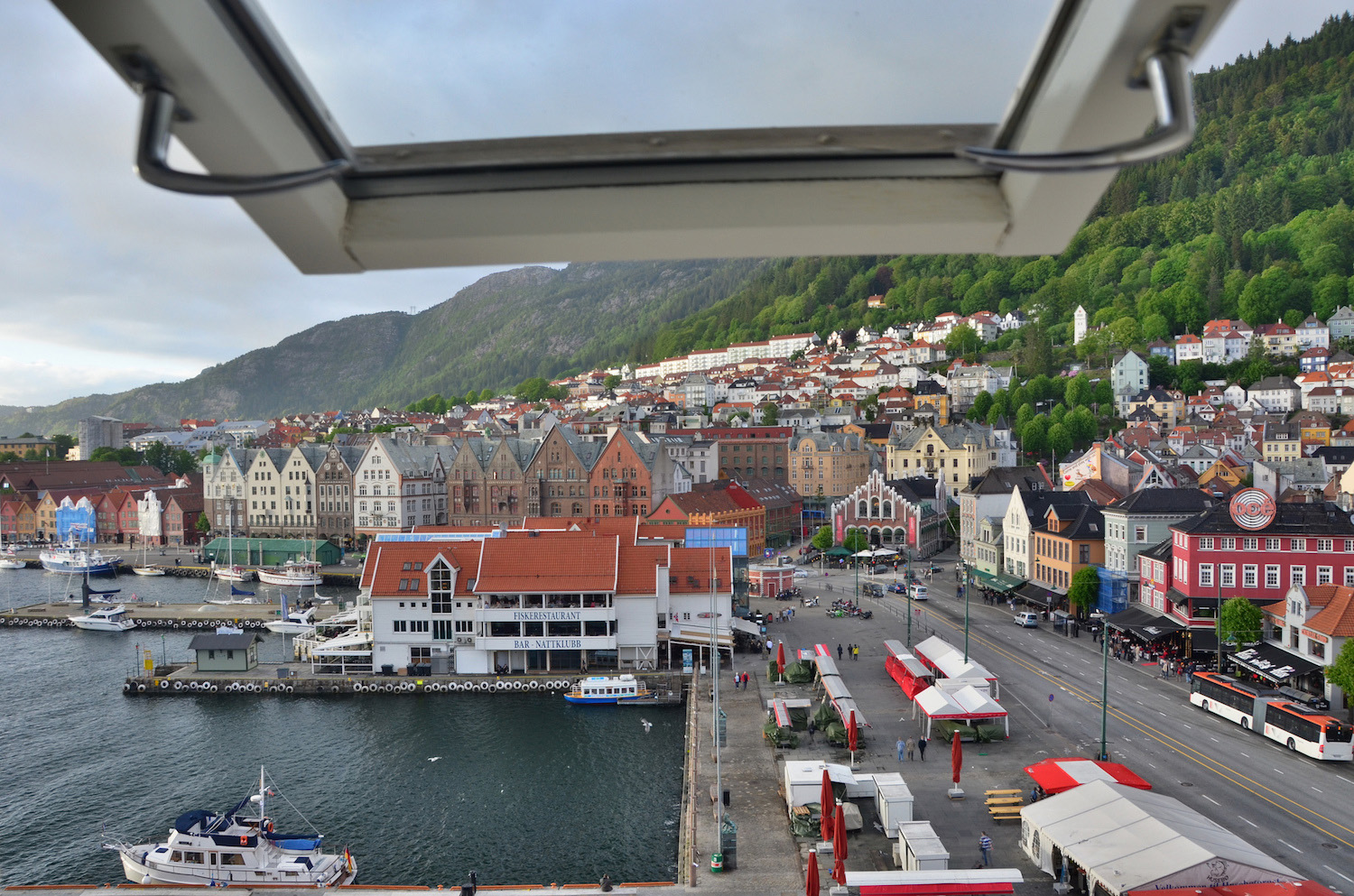
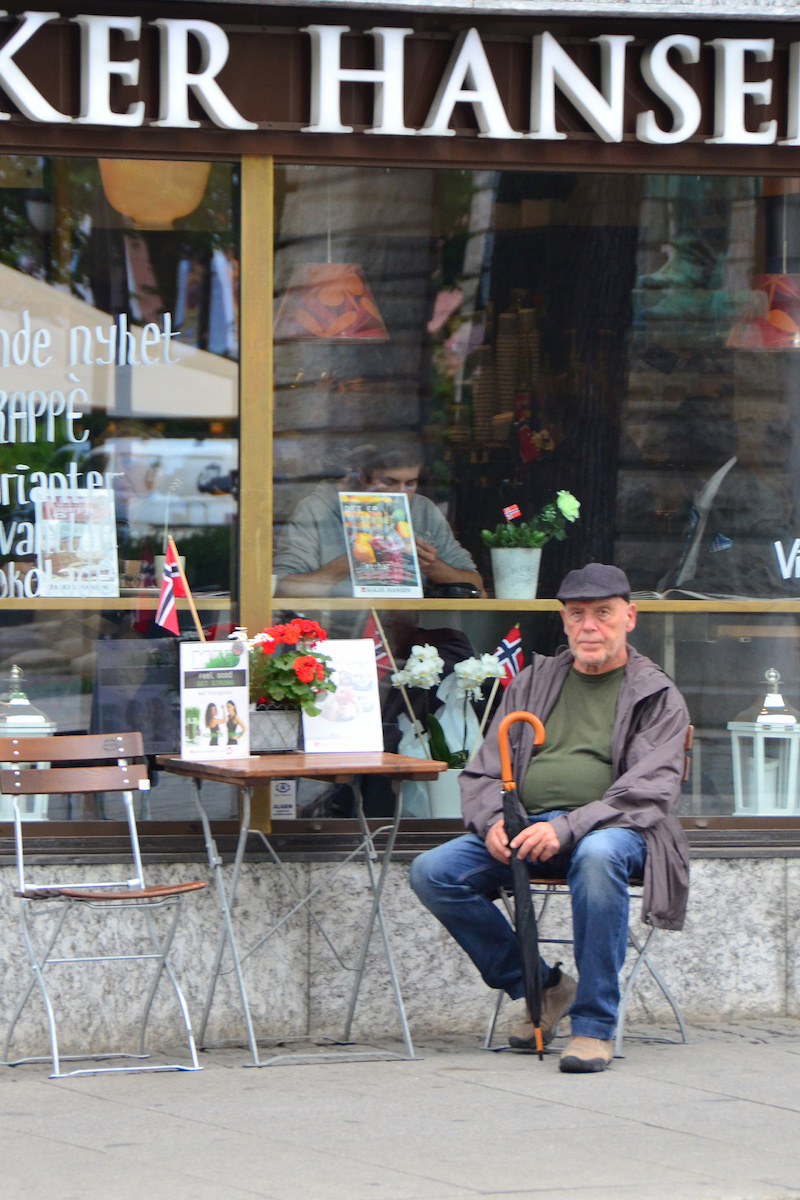
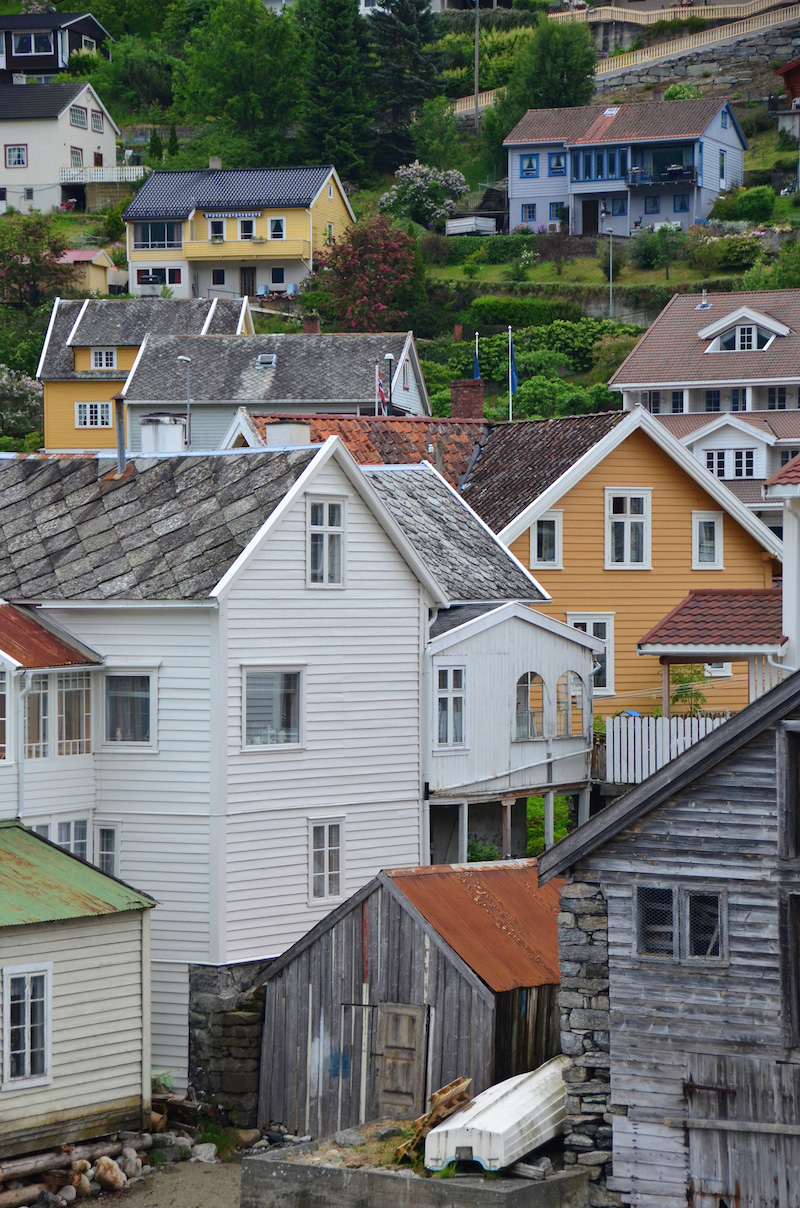
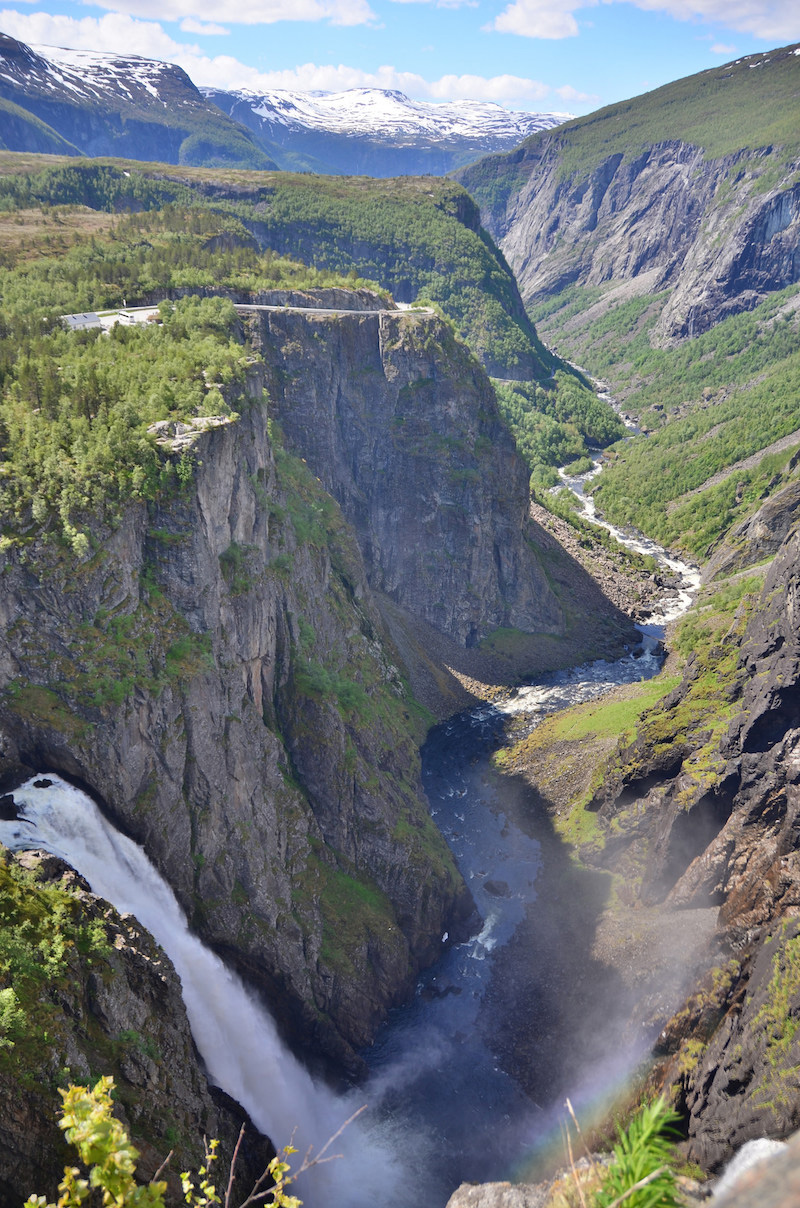
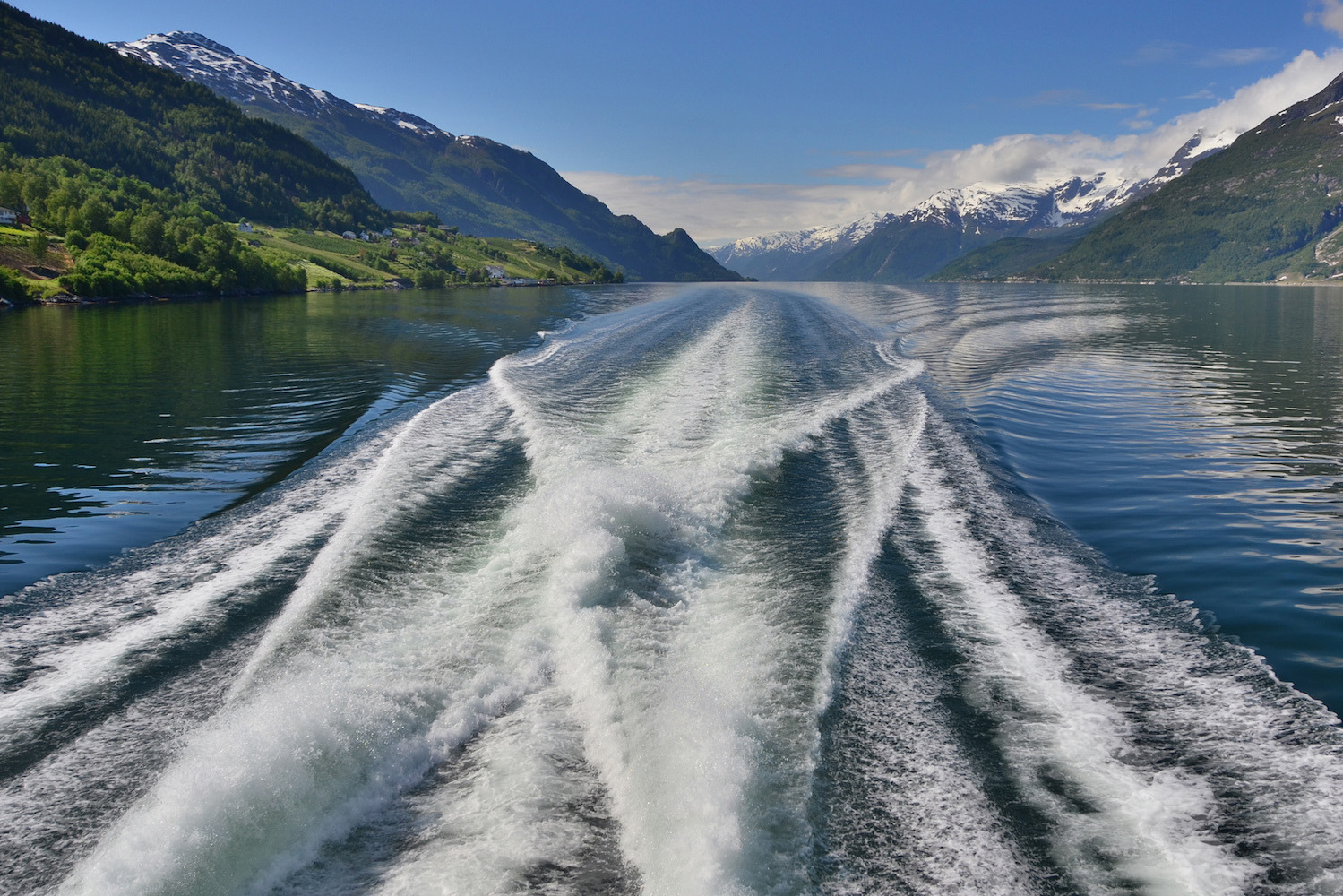
If you can get a direct flight to Bergen (BGO), head there and bypass Oslo, spending at least two days and one night in what is officially Europe’s rainiest city but, in my opinion, one of its most beautiful. (Disclosure: It didn’t rain even an instant when I was there.)
From here, take a “Norway in a Nutshell” tour (featuring, among other highlights, Norway’s gorgeous fjords), choosing one that ends in Oslo, where you will catch your flight to Finland.
Finland: Helsinki and the Middle of Nowhere
Here’s an interesting fact: Although you’ll be flying Norwegian Air between Oslo and either Ivalo (first paragraph below) or Rovaniemi (second paragraph) below, you’ll need to connect in Helsinki, since the airlines is about as “Norwegian” as it is convenient.
Option one RE: Finland and its Arctic region is to book 2-3 nights at the aforementioned igloo resort where, if you’ll lucky, you’ll be able to watch the Northern Lights if you sleep. (NOTE: The scenery you see out your glass igloo is more beautiful in the dead of winter than it is in fall, although that could impact the Norway portion of your two weeks in Scandinavia—choose wisely).
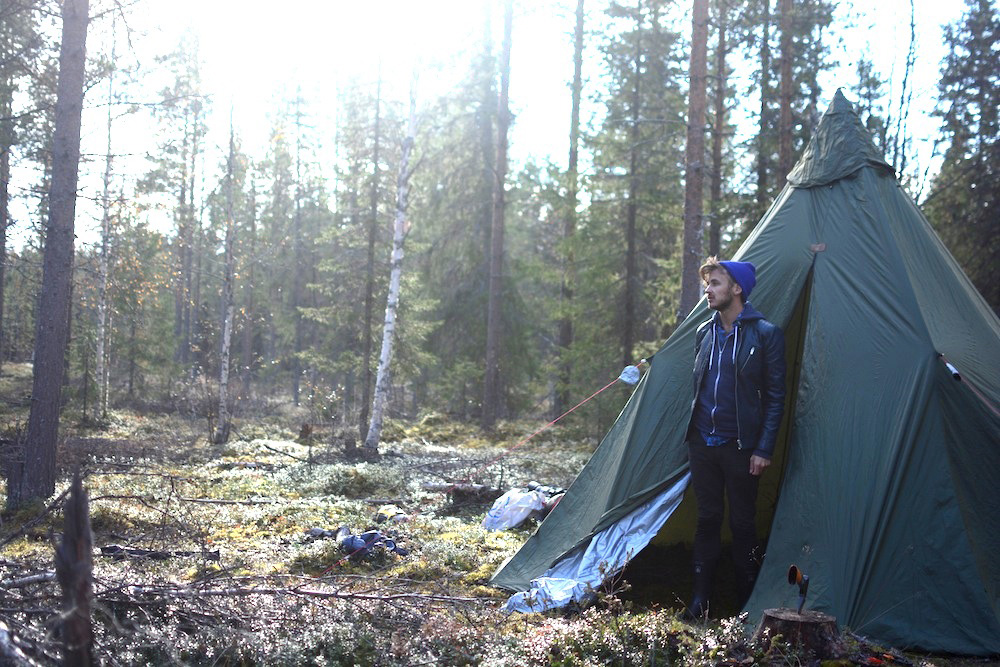
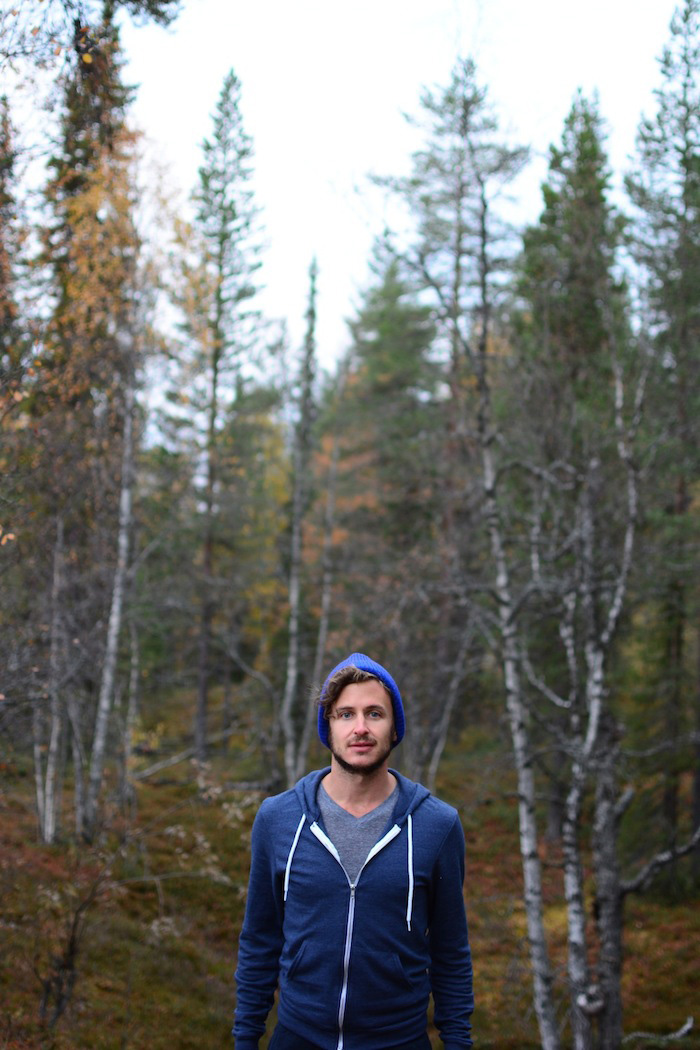
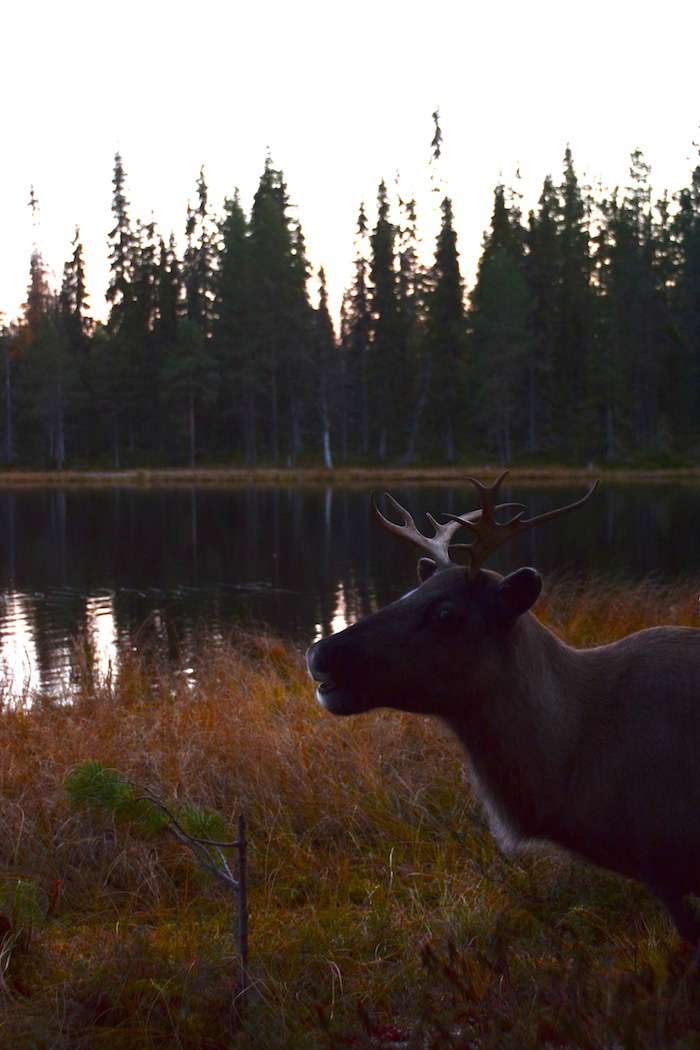
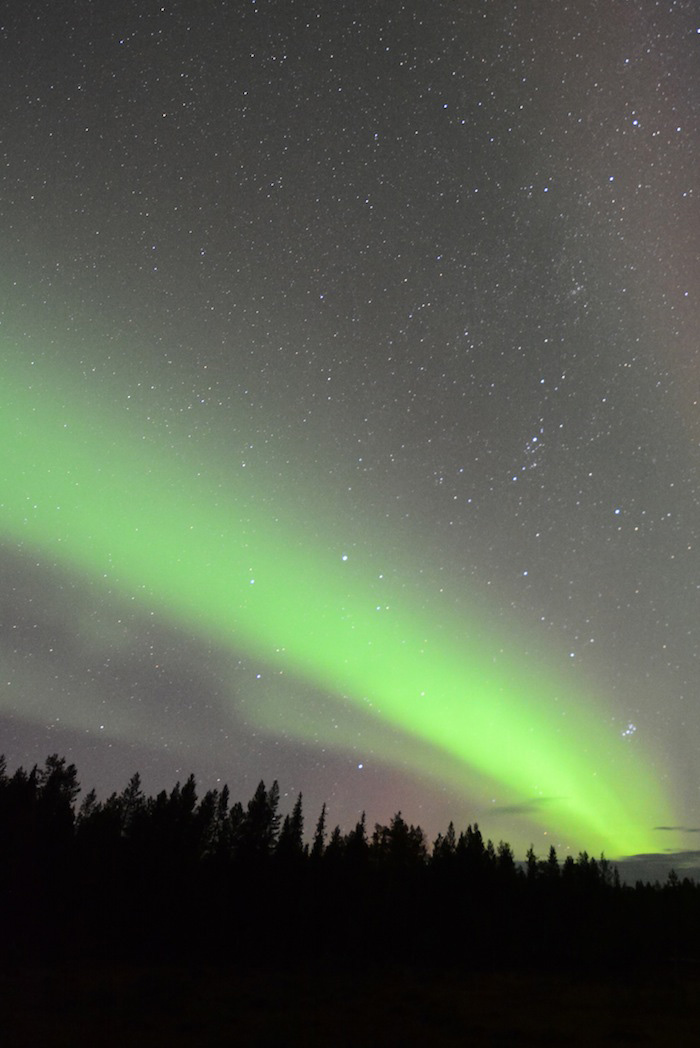
After enjoying 2-3 days in Finland’s Arctic, fly down to Helsinki, where you need only spend one night to enjoy the sights of the capital city, of which the most (only?) iconic one is the city’s Lutheran church.
Sweden: ABBA and Everything After
From Helsinki, hop one of the many daily flights to Stockholm, which is the largest city in Scandinavia and the only one that truly feels big. If you want a more touristy feel to your two weeks in Scandinavia, stay in the Gamla Stan Old Town. Or, if you fancy yourself more of a hipster, stay in Södermalm, where all the cool kids hang out.


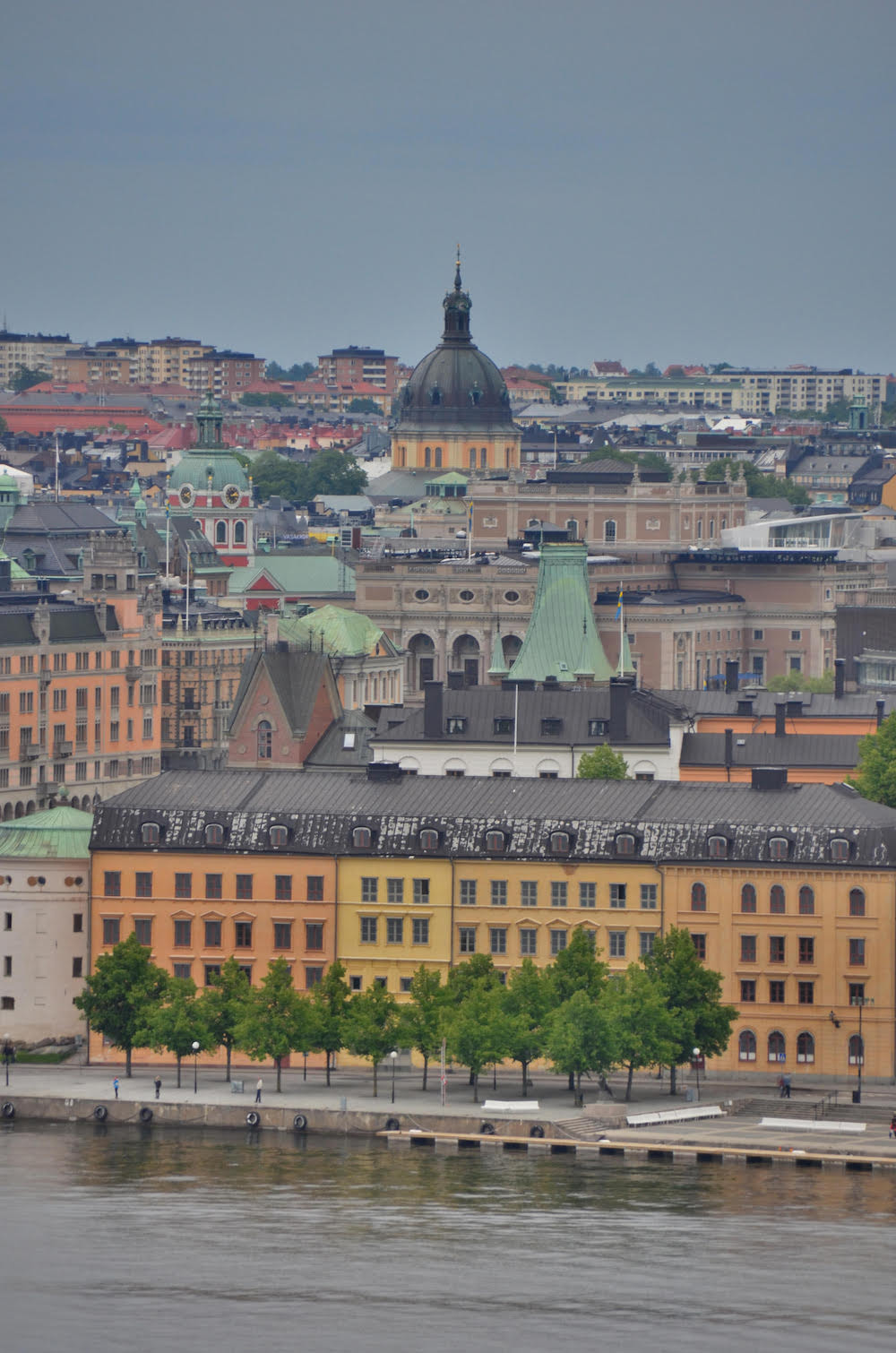
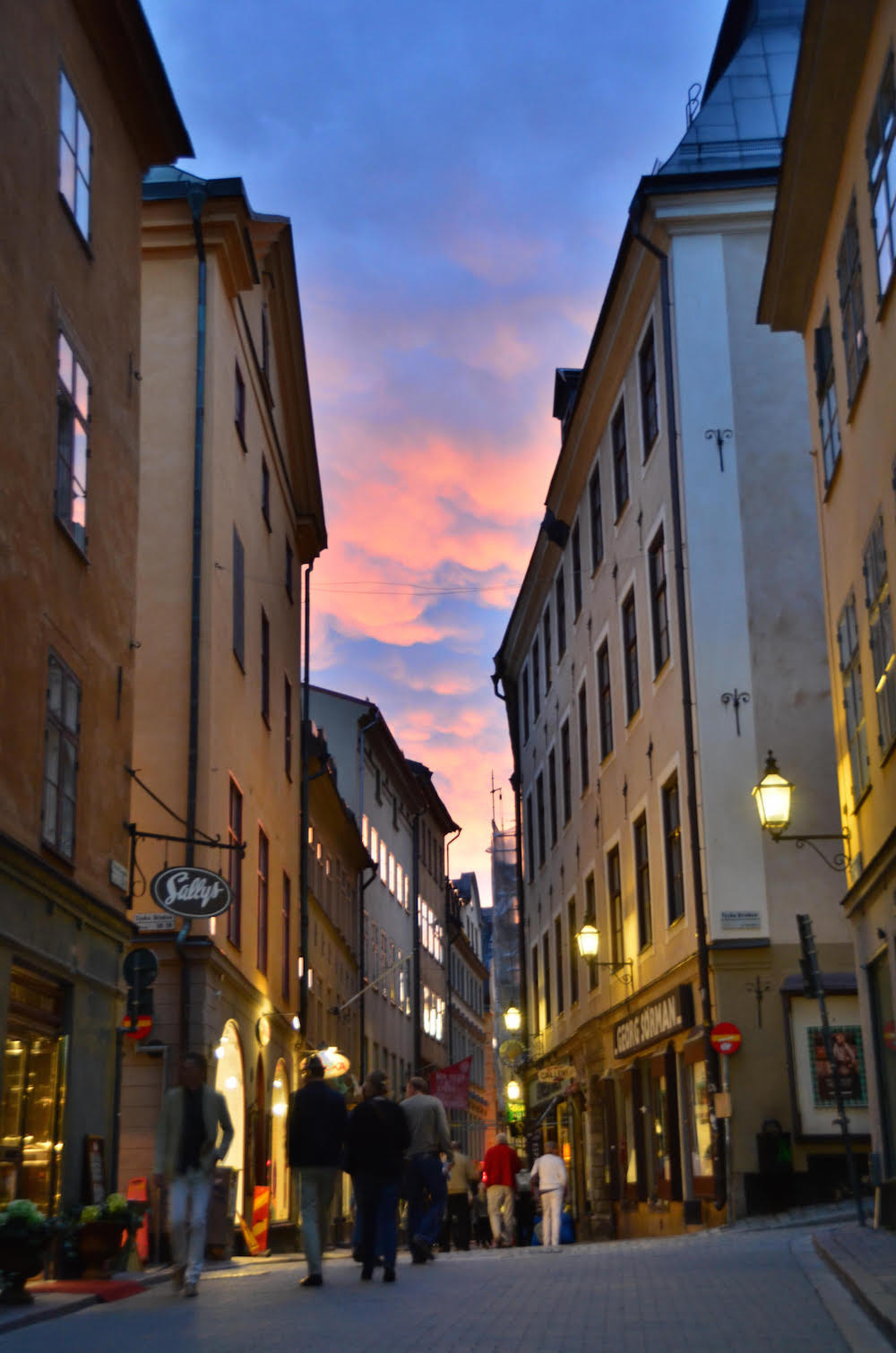
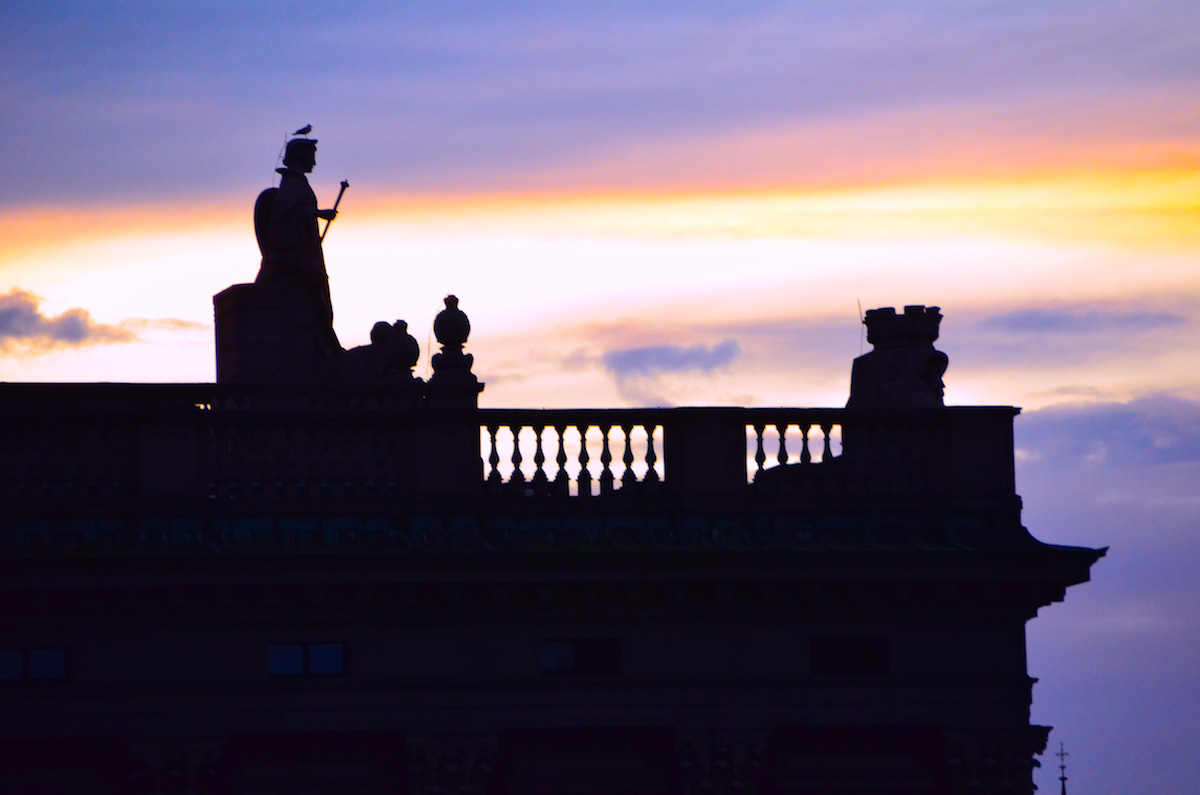
Regardless of where you stay, Stockholm is sure to knock your socks off. Highlights include the aforementioned Gamla Stan, the Katarina viewpoint in Slussen, Drottningholm Palace (Sweden’s Versailles) and the Stockholm Archipelago, which you can enjoy on a day trip—speaking of which, I recommend spending 2-3 of them here. You also must go to the ABBA the Museum, where you can sing along with a holographic version of the iconic band.
Iceland: Tell the Northern Lights to Keep Shining
Fly from Stockholm to Reykjavik, where you should sleep between 1-2 nights—one if you plan to sleep along the “Golden Circle” of attractions you’ll see on day two, two if you find it easier to base yourself in the capital and drive from there. On day three, head eastward along the southern coast, stopping in Vík and at the outstanding Diamond Beach (hint: the nearby Glacier Lagoon is one of the best places in the world to see the Northern Lights) before heading back to Reykjavik the morning of day four.
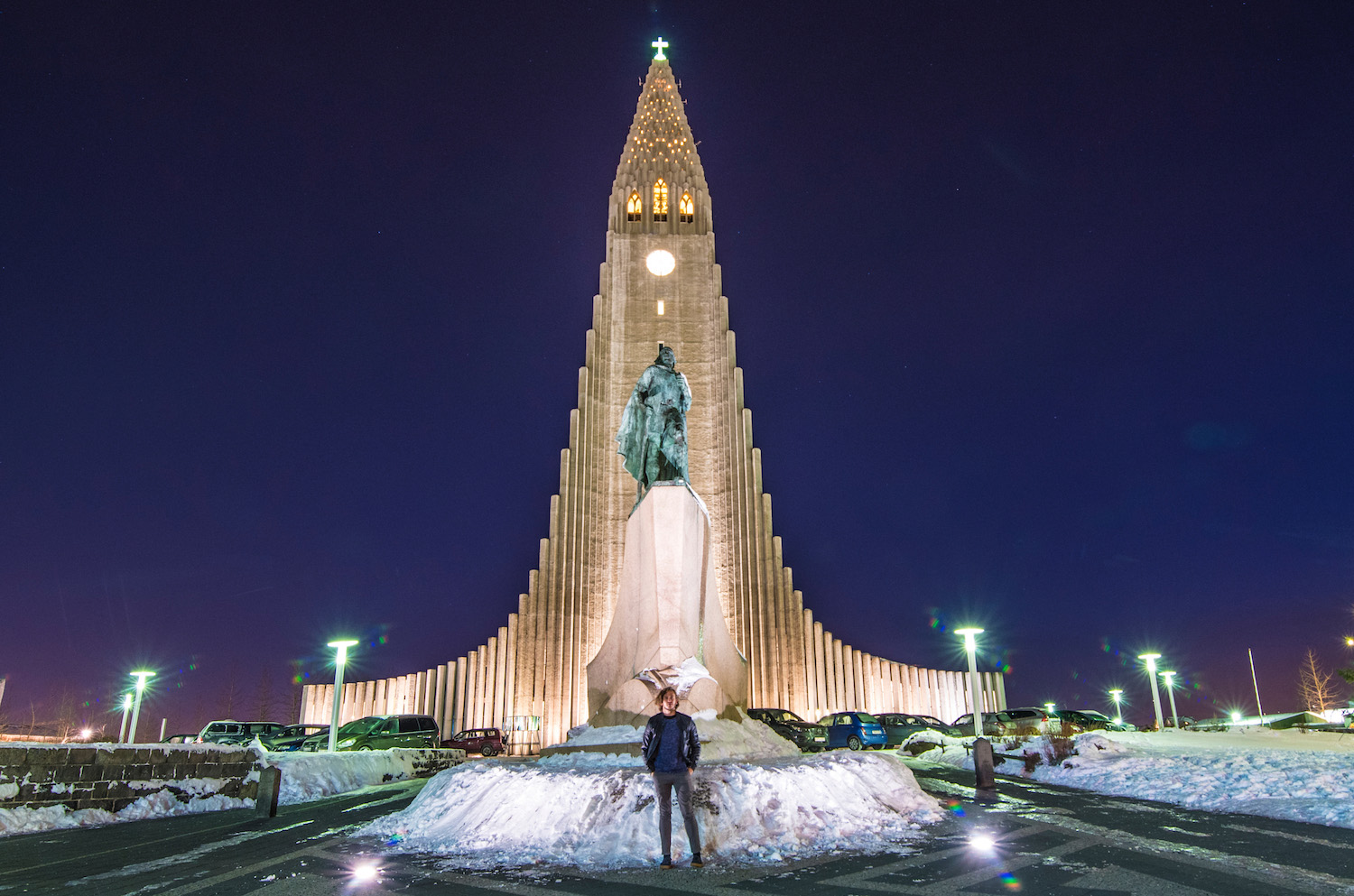
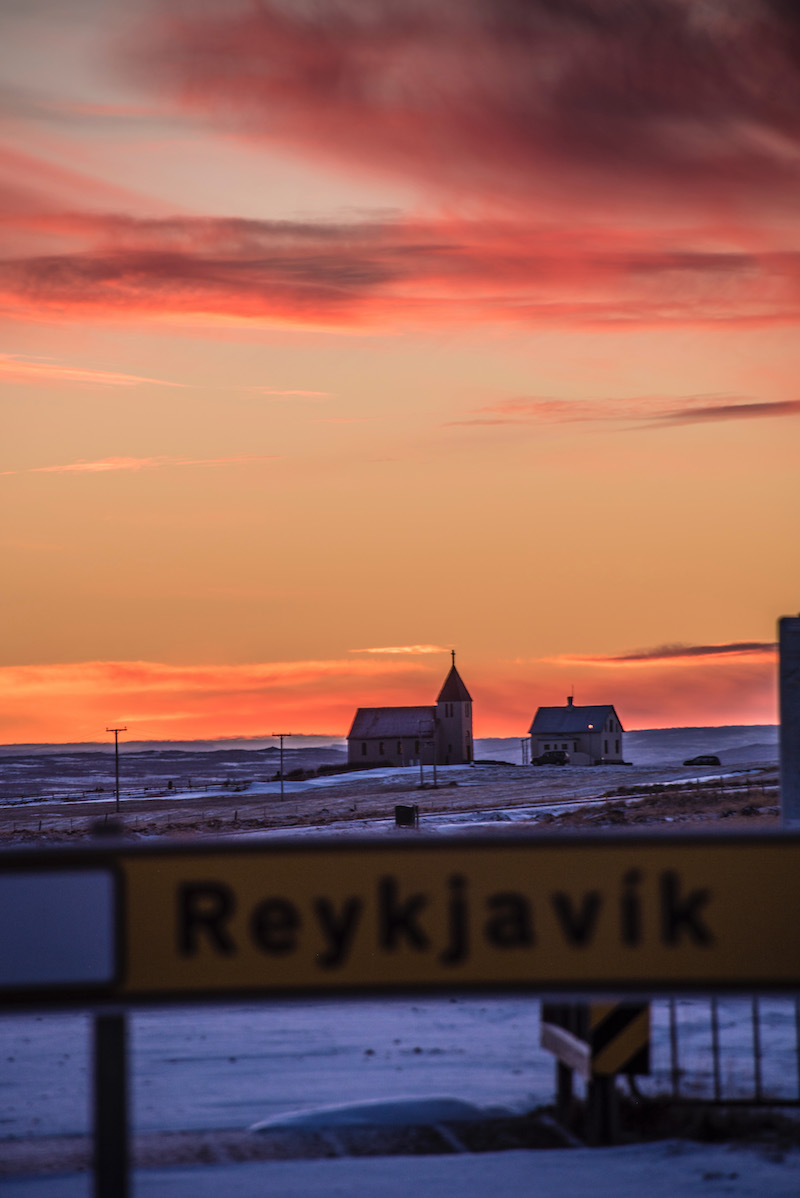
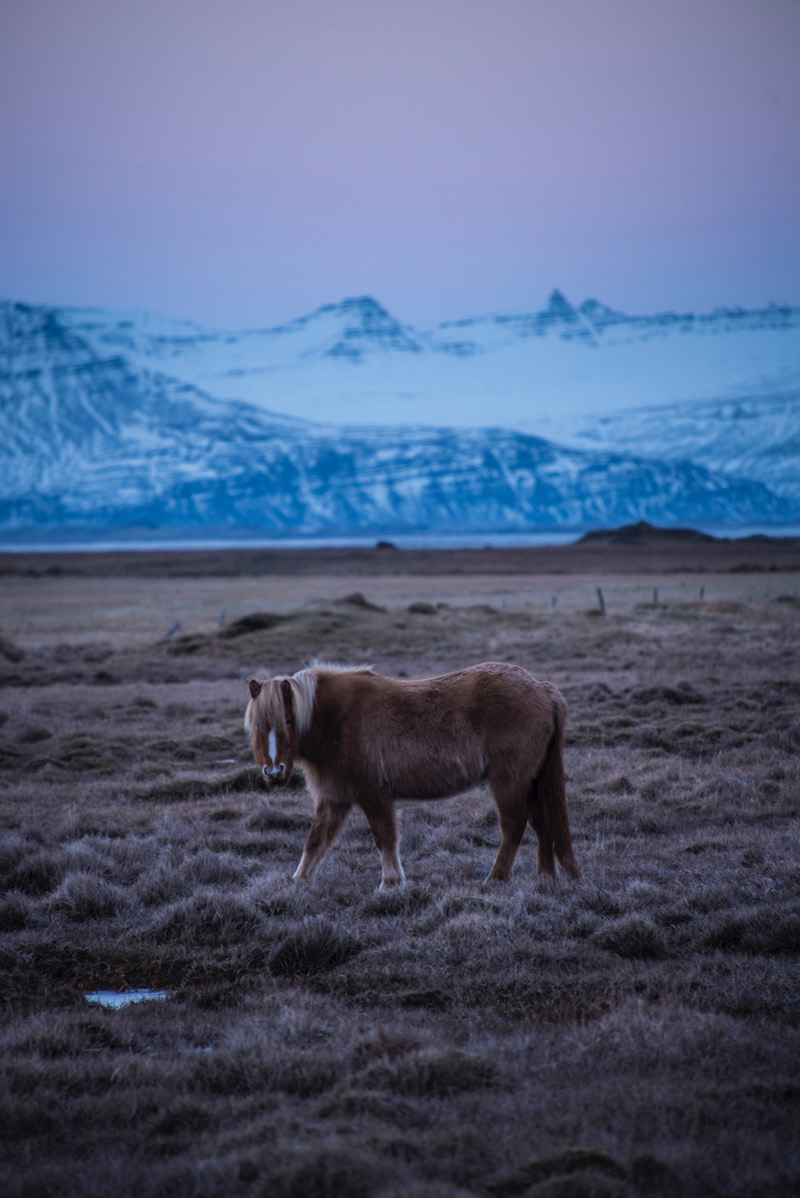
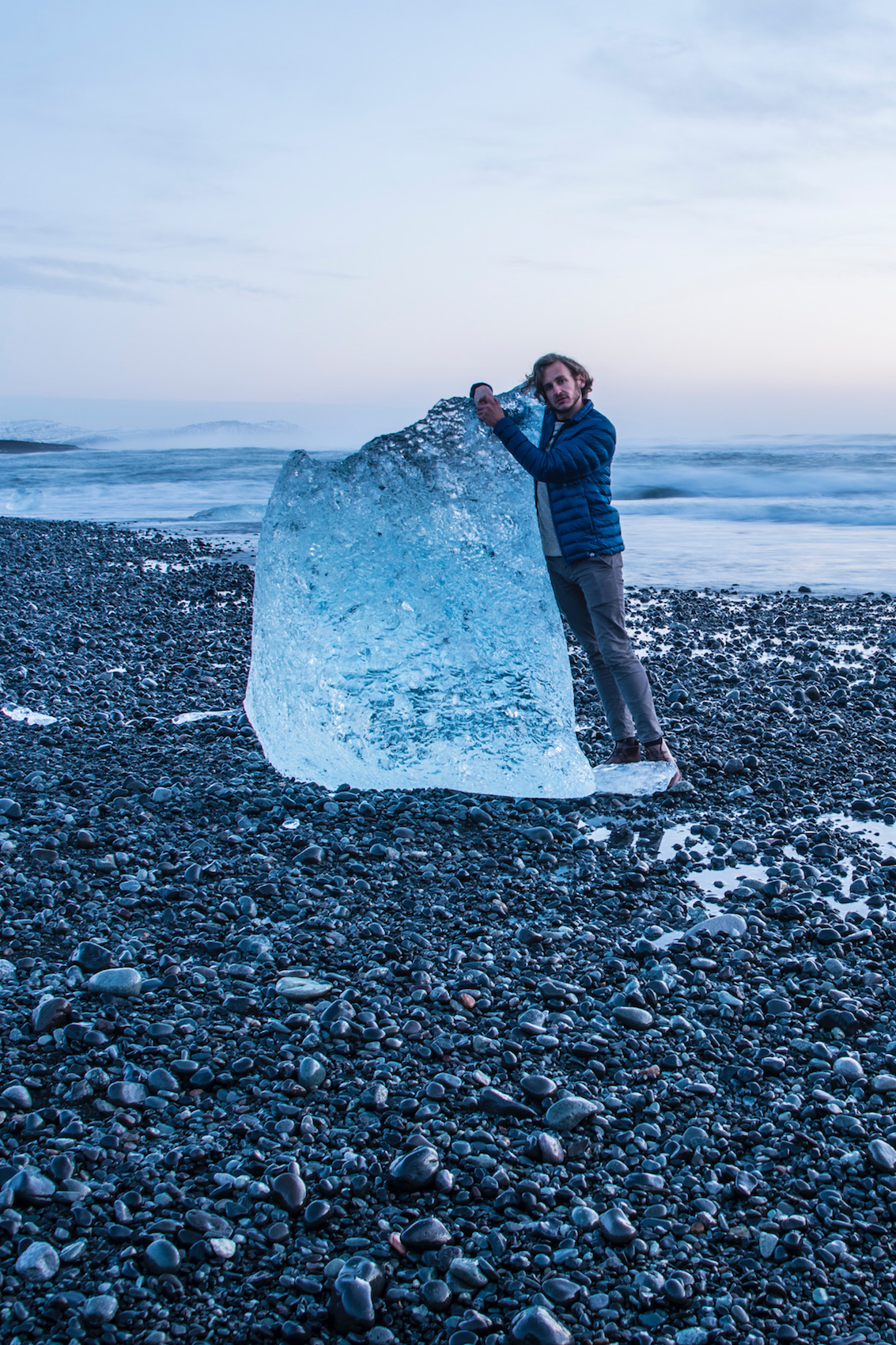
The Bottom Line
Two weeks in Scandinavia is a life changing and priceless one. From the majestic fjords of Norway, to the Arctic reaches of Finland, to the region’s de-facto capital of Stockholm to the ring road of Iceland, there are few other two-week trips you can take with such variety and guarantee of satisfaction.

Robert Schrader is a travel writer and photographer who’s been roaming the world independently since 2005, writing for publications such as “CNNGo” and “Shanghaiist” along the way. His blog, Leave Your Daily Hell, provides a mix of travel advice, destination guides and personal essays covering the more esoteric aspects of life as a traveler.

